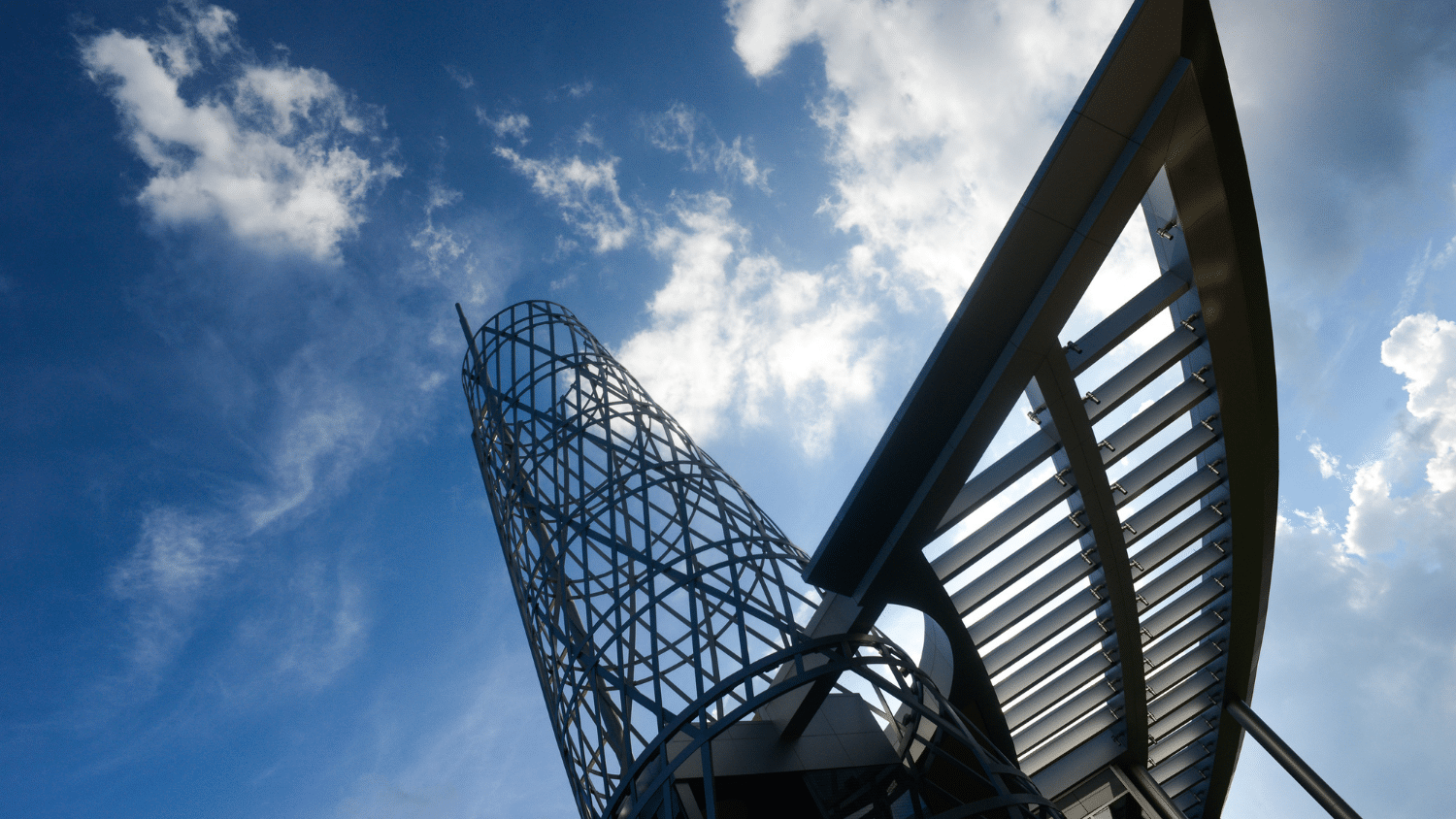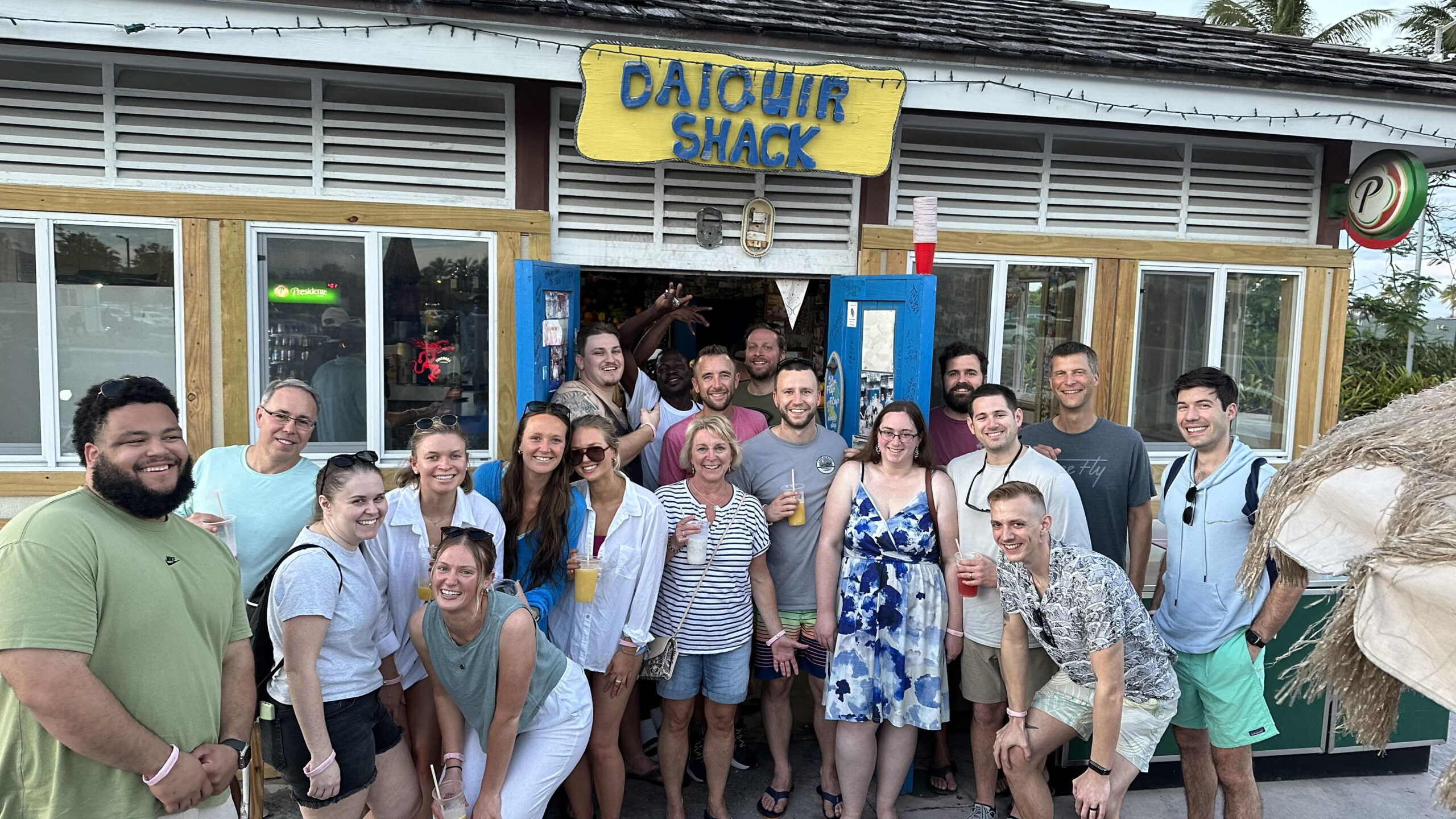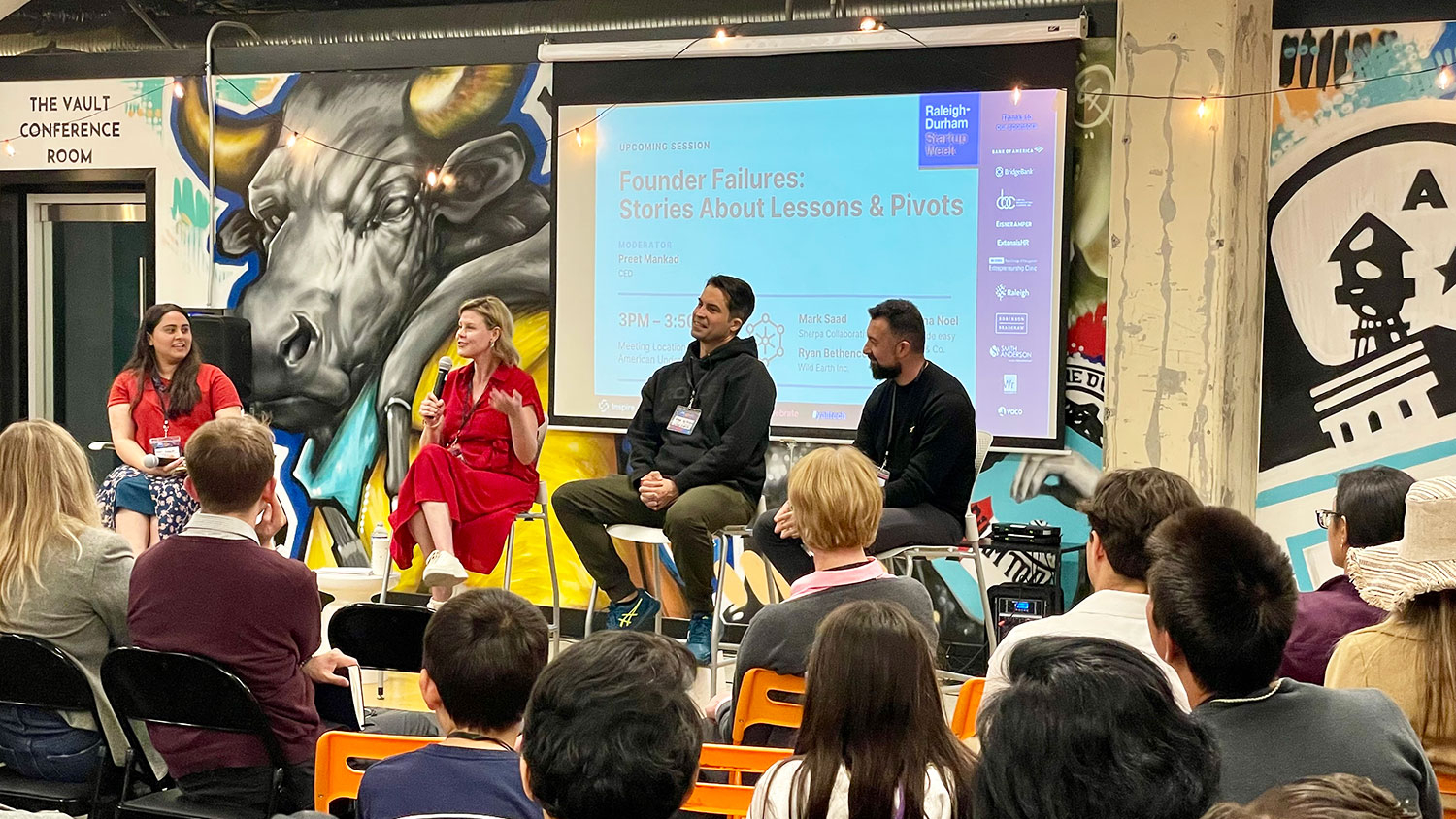NCSU entrepreneurs’ new tech cuts website load times

This story is reposted from WRAL’s TechWire
by Jason Parker — May 24, 2021
Editor’s note: Startup Spotlight is a regular part of WRAL TechWire’s Startup Monday, which also includes new updates to our exclusive Startup Guide, a listing of Triangle meetups, three stories advancing events across the state, and Startup Rewind – a recap of the previous week’s startup related news.
RALEIGH – When websites load slowly, businesses lose potential customers and their brand takes a hit. But what if businesses could add a snippet of code, like they’d add a Facebook Pixel or a snippet of code from Google Analytics, that used machine learning to identify navigation paths of website visitor? Throw in pre-loaded content on webpages before a potential customer ever clicked a link or a button to navigate to their next action and what do you have?
A new company.
The above is the concept behind Padeo, a newly launched startup developed by co-founders Ben Hardison and Camden Conekin [BGD ’20], who met each other in high school. When Conekin asked Ben for help on a web design project–as a junior in high school–a friendship and business partnership formed.
The two would go on to design and develop websites and construct and implement digital marketing projects for local businesses in their town, including for their local Chamber of Commerce.
Then, they enrolled at North Carolina State University, and pivoted the business for scalability, so it could serve larger clients. But the two never stopped supporting small, local businesses, realizing that they could add value and believing that they play a critical role in local economies.
Hardison earned a computer science degree, and Conekin would graduate from the institution’s College of Design, which is among the top programs in the country, in May 2020.
Shortly thereafter, while working on a client project, the two partners were discussing what steps they could take to improve the speed of a client’s website. Shortly thereafter, Conekin returned from a vacation with a minimum viable product for the technology that would become Padeo.
“From there, we realized that almost anyone with a website could use this, and got to work learning how we could build a business on this idea,” said Hardison in an interview with WRAL TechWire.
THE DIFFERENCE TWO SECONDS MAKES
To validate their concept, the pair developed a survey, following earlier research from an experiment led by Google, to determine how longer page load times affect the rate that visitors would leave a website.
In 2018, Google found that as page load times increase from one second to three seconds, the likelihood a viewer on a mobile device would leave the website entirely increased by 32%. Google’s research found that when a page load increased from one second to five seconds, increased the probability of a visitor leaving the website.
In conducting its research on page load times, Padeo found that for websites offering products or services for sale, a two second page load time resulted in 90% of visitors reporting they were “less than likely” to make a purchase.
“Exact numbers vary,” said Hardison, “the base problem is well-known now—increased load times on a site means visitors are more likely to spend less time using your website.”
That means they’re less likely to make a purchase, or more likely to spend less should a purchase be completed.
Google found that this could be particularly costly for retailers, or anyone who is generating revenue through an action a website visitor takes online, as more and more retail shopping is conducted on mobile phones, and designers are working on the concept of a “frictionless” transaction–think Amazon’s one-click shopping button or the ease of making in-app purchases.
But four of every 10 website visitors will leave a page that takes longer than three seconds to load, found Google, and 79% of those who end up purchasing but were not satisfied with the performance of the website were found to be less likely to purchase from that same website again.
PREDICTIVE TECHNOLOGY, AUTOMATED
Sure, resource preloading is a technology that already exists, and is built into most modern web browsers, said Hardison, enabling web developers to code a website to optimize content for page load speed.
“Website traffic analytics must be regularly interpreted to decide what content should be preloaded and when,” said Hardison, and the current approach is cumbersome and requires some technical ability. The result, said Hardison, is that many smaller, local businesses won’t have the resources to optimize business websites.
Here’s what happens behind the scenes: visitors to your website that are geographically far away from the location of your website server will wait longer for your site to load than visitors who are in closer proximity to where the server is located.
Large companies often use a content delivery network, or CDN, to decrease page load times, because that CDN uses multiple groups of servers, all of which retain a copy of a website files, across geographic locations, which enable the website server to connect a website visitor to the closest geographic server where files are located.
Conekin lays this out in a recently published blog post. Local businesses often miss the main benefit of using a CDN, argues Conekin, as most of web visitors are likely to be based in the same region.
Padeo provides local businesses a better mechanism to enhance page load times. The result, according to Hardison and Conekin, is a faster website that yields a better shopping experience and increased sales for the business.
Padeo automates this process, completely. Padeo keeps track of what resources (for example: images, JavaScript, and CSS) are needed for each web page on a website. While a visitor is accessing your site, Padeo predicts which page they are likely to visit next. The technology can then preload the resources of the next page, in advance, so that the page load is nearly instantaneous when a website visitor takes an action.
The company launched its minimum viable product, and offers a sliding scale pricing model, with no charge to businesses that experience up to 500 monthly visits to a website, and $19/month after that for most businesses.
So far, the model is performing at an average prediction accuracy rate of 34% for webpages. “We’re confident that with increased use and more data points, we’ll be able to consistently increase our performance for our customers,” said Conekin. “Our pricing model is designed to be accessible for most local businesses who may still be exploring the potential of their website.”
SMALL BUSINESSES, AND BEYOND
Conekin highlights that the technology the company is developing has important, often life-saving, use cases. Basically, the application of the Padeo technology isn’t just about enabling businesses to increase sales and revenue, it’s about decreasing page load times.
The Padeo product could be critical for use in rural or developing areas that have limited access to bandwidth, a trend that large organizations like CNN, Facebook, and NPR have adjusted their own websites to enable low-bandwith versions.
“We intend to develop our platform to predictively download website resources so that everyone can have full access to the information and content that’s important to them,” said Conekin, noting that you don’t have to be in a remote area or a developing region to experience bandwidth limitations.
For example, CNN made its low-bandwidth website available on a large scale during Hurricane Irma in 2017, so people could access the news and information necessary during a time of crisis. “Having access to the right information at the right time is vital and we want to explore how Padeo can be used under these circumstances.”
The company is currently fundraising, working with a private equity group. The name, Padeo, is an acronym, said Conekin, and stands for “Predictive Analysis of Documents and Embedded Objects.” But they chose the acronym to be approachable, easy and fun to say, and unique, he said.
This story is reposted from WRAL’s TechWire
This post was originally published in College of Design Blog.


